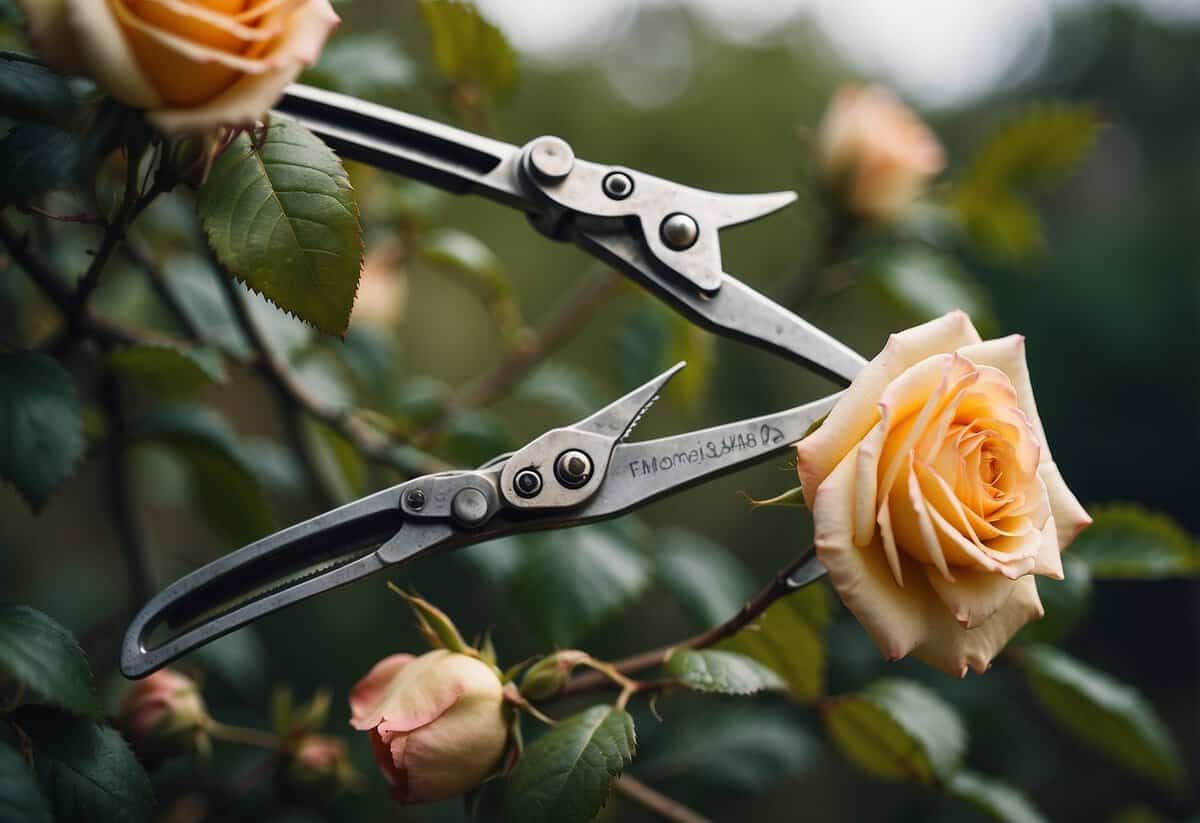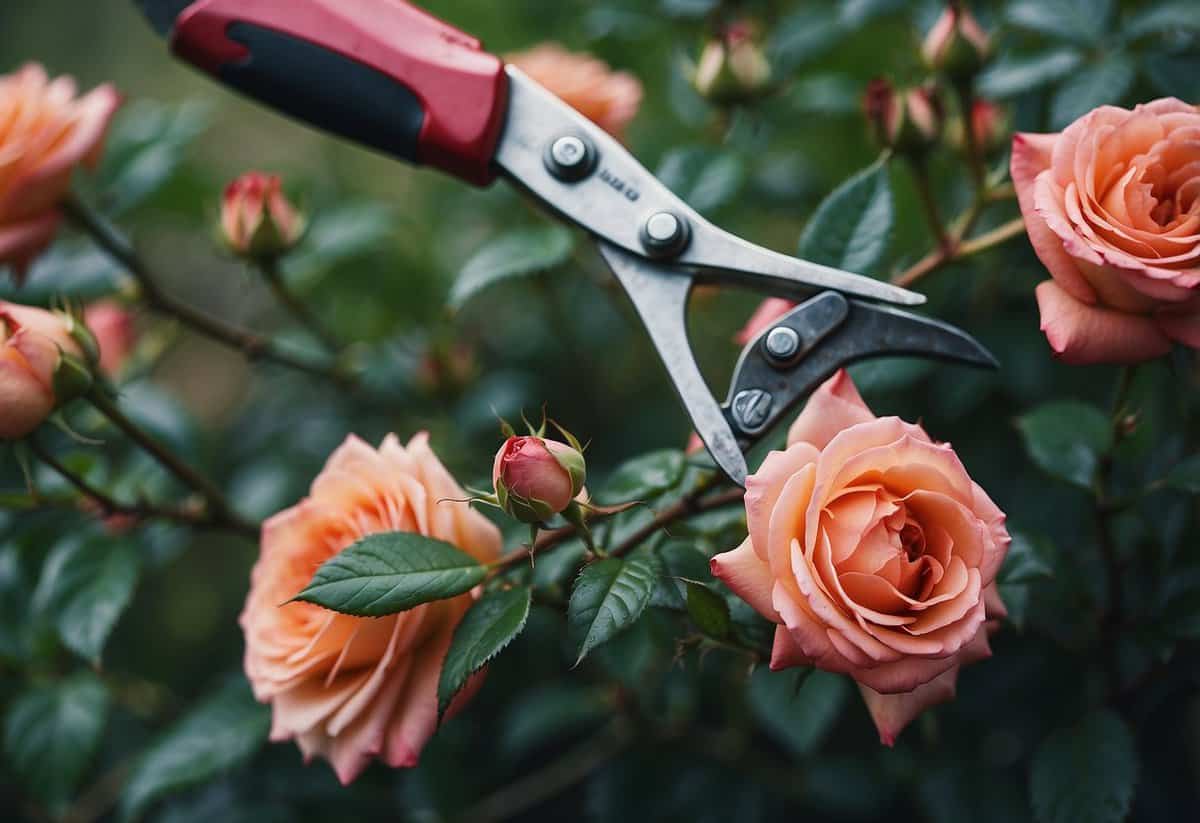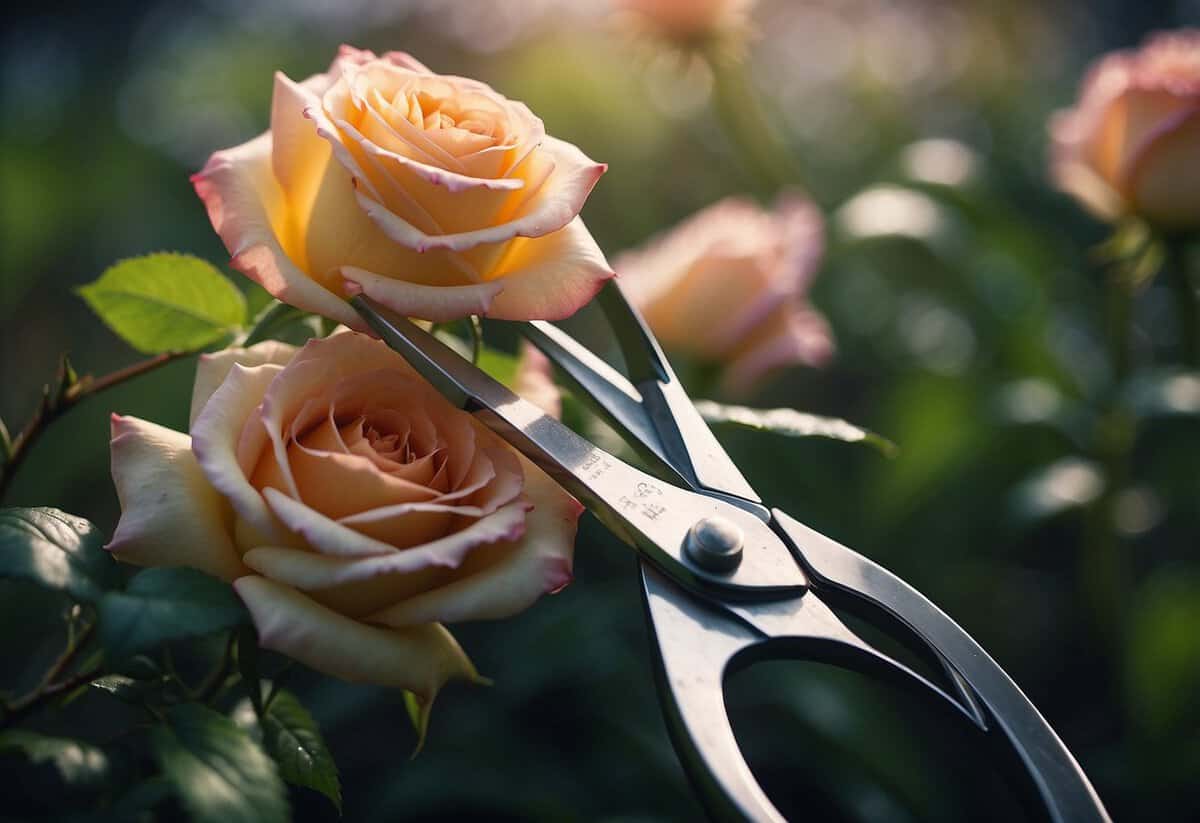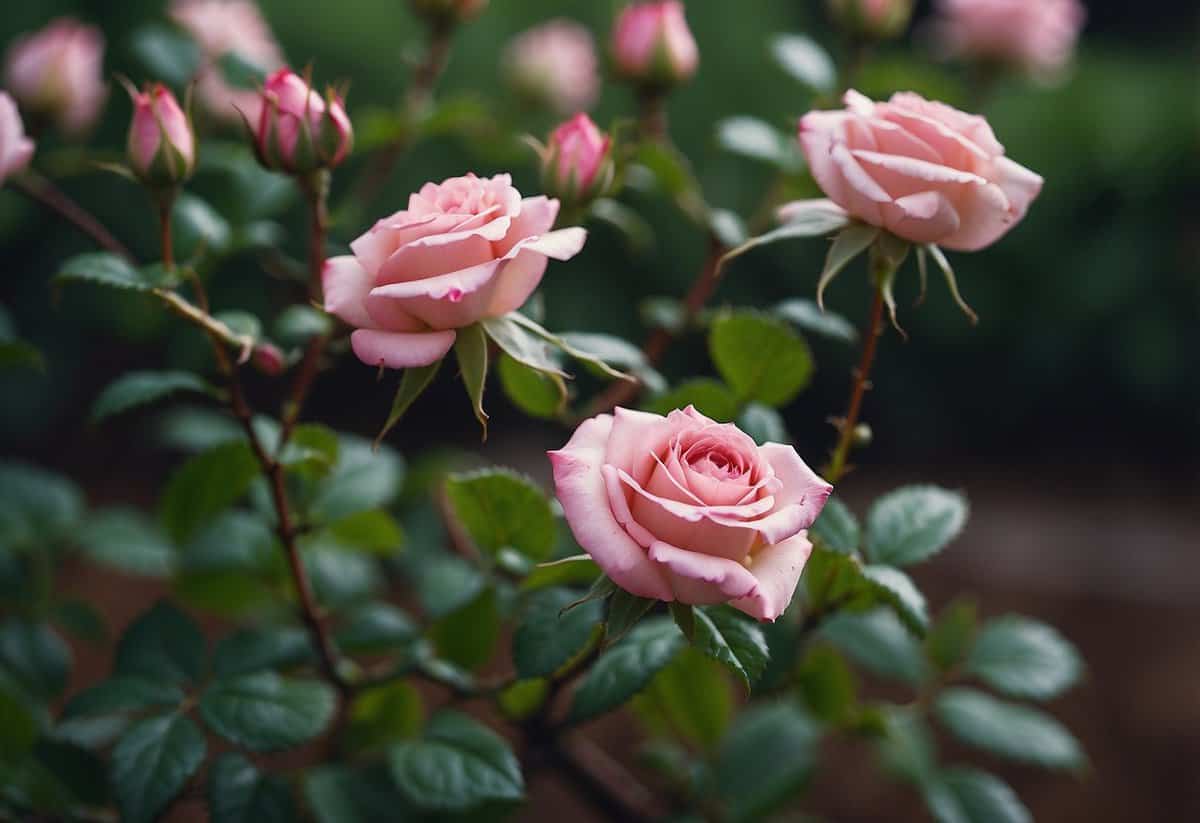Should You Deadhead Roses? Expert Tips for Healthier Blooms
Deadheading roses is a task that many gardeners wonder about. Yes, you should deadhead your roses to keep them blooming throughout the season. Removing spent blooms not only makes your garden look tidier but also encourages your roses to produce new flowers.

Using sharp pruning shears, make cuts just above a set of healthy leaves. This technique helps the plant redirect its energy from making seeds to creating more beautiful blooms. Regular deadheading can result in a more vibrant and colorful rose garden, rewarding your efforts with continuous flowers.
Remember, while deadheading is essential, it’s also important not to remove too much foliage. Healthy leaves are crucial for photosynthesis, which is how the plant produces food. Keeping a good balance will ensure your roses stay healthy and keep your garden looking magnificent.
The Importance of Deadheading Roses

Deadheading roses plays a crucial role in maintaining the health and appearance of your rose bush. It helps encourage new blooms and keeps diseases and pests at bay.
Promoting Healthy Growth and Bloom
When you deadhead roses, you remove spent blooms from the plant. This helps the plant save energy that would otherwise be used to develop seeds. The saved energy can then be redirected to produce new flowers. As a result, your rose bush will have more blooms throughout the growing season.
Healthy growth is another benefit. Spurts of new growth will appear where the old blooms were removed. This continuous cycle of growth and blooming ensures that your rose bush remains vigorous and full.
Additionally, deadheading keeps your rose bush looking neat and well-maintained. The removal of old, wilted flowers enhances the visual appeal of your garden, allowing fresh blooms to stand out.
Preventing Diseases and Pests
Deadheading also helps in preventing diseases and pests. Wilted and decaying blooms can attract pests and are a breeding ground for diseases. By removing these, you help reduce the risk of infections spreading to healthy parts of the plant.
Insects and pests are often drawn to decaying plant material. Promptly deadheading your roses minimizes the places where pests can hide. This helps you maintain a healthier rose bush that is less prone to infestations.
By keeping your rose bush free from disease-prone and pest-attracting dead blooms, you support the overall health of the plant. Regular maintenance ensures that your roses remain vibrant and robust throughout the growing season.
When to Deadhead Roses

Knowing when to deadhead roses can help keep your garden looking beautiful and encourage your plants to produce more blooms. Timing is essential for deadheading to be effective.
Identifying Spent Blooms
To determine when to deadhead roses, you need to identify spent blooms. Look for flowers that have wilted or withered. These blooms are past their prime and won’t get any prettier. If you wait too long, the petals will start falling off on their own, making the rosebush look messy. Cut off spent blooms as soon as they look faded.
Using sharp pruning shears, snip the stem just above a healthy set of leaves. This encourages the plant to focus its energy on producing new flowers instead of seeds.
Understanding the Rose’s Life Cycle
The timing of deadheading roses is linked to their life cycle and growing season. Most roses bloom multiple times from spring to the first frost date. Deadheading throughout the blooming season stimulates the plant to keep producing flowers.
Late winter and early spring are typically for pruning, not deadheading. Deadheading happens during the active growing season. By continually removing spent blooms, you prevent seed formation and redirect the plant’s energy toward creating new blooms. This can lead to a more vibrant and longer-lasting display of roses in your garden.
Proper Techniques for Deadheading

Deadheading roses requires specific tools and precise cutting methods to encourage healthy new blooms. The right approach includes using clean, sharp tools and making angled cuts above the proper part of the stem.
Using the Right Tools
When deadheading roses, it’s essential to use sharp, clean tools. Pruning shears, also known as secateurs or pruners, are your best option. These tools should be small enough to maneuver easily but sharp enough to make clean cuts.
Wearing gardening gloves protects your hands from thorns. Keep a bucket or container nearby to collect the clippings. This helps keep your workspace tidy and prevents disease spread from old plant material.
Regularly clean and sharpen your shears to ensure they work efficiently. Clean tools reduce the risk of transferring diseases between plants.
The Process of Cutting
Start by looking for spent flowers. Once you identify them, you’ll need to make a cut just above a set of five leaflets or a healthy bud eye. This small nodule will sprout new growth.
Angle your cut at about 45 degrees away from the bud or leaf. This allows water to run off the cut surface, reducing the risk of disease. Aim to cut stems cleanly in one motion.
Focus on cutting above an outward-facing bud eye. This will encourage new stems to grow outward, maintaining the shape and improving air circulation within the plant. Repeat these steps throughout the blooming season to keep your roses healthy and vibrant.
Caring for Your Rose Bush Post-Deadheading

Once you have finished deadheading your rose bush, it’s important to continue caring for it to ensure healthy growth and vibrant blooms. Proper watering, feeding, and disease prevention play crucial roles in maintaining the health and beauty of your roses.
Watering and Feeding
Your rose bush needs consistent watering to thrive. Water deeply at the base of the plant to encourage deep root growth. It’s best to use a soaker hose or drip irrigation to avoid wetting the foliage, which can lead to fungal diseases.
You should feed your rose bush with a balanced fertilizer. Apply the fertilizer after deadheading to encourage new growth. A mix of organic compost and rose-specific fertilizers works well. Feeding your rose bush every 4-6 weeks during the growing season helps maintain healthy foliage and vibrant blooms.
Mulching and Disease Prevention
Applying mulch around your rose bush helps retain moisture and regulate soil temperature. Use organic mulch, such as wood chips or shredded leaves, and spread a 2-3 inch layer around the base, avoiding direct contact with the stem.
To prevent diseases, regularly inspect your rose bush for signs of trouble. Remove any infected leaves or foliage immediately. It’s also important to sanitize your pruning shears with a disinfectant after each use to prevent the spread of fungal diseases. Keeping your garden clean and free from debris helps reduce the risk of infections and ensures your rose bush remains healthy.
Understanding Different Rose Varieties

Different types of roses need specific care when it comes to deadheading. Knowing the differences will help you keep your roses healthy and blooming beautifully throughout the growing season.
Deadheading Shrub and Climbing Roses
Shrub roses and climbing roses can be managed effectively with the right techniques. For shrub roses, cut back the stem just above a healthy, outward-facing bud or leaflet. This method encourages new growth without the plant becoming too dense.
Climbing roses often have repeat-flowering varieties. To deadhead these, remove the faded blooms by cutting the stem just above a healthy bud or leaflet. This should be done regularly to maintain their shape and promote more blooms. Additionally, prune climbing roses in late winter or early spring to remove any dead or damaged canes. This keeps your climbers vigorous and well-shaped.
Special Care for Hybrid Tea and Floribunda Roses
Hybrid tea roses and floribunda roses need careful attention to detail. For hybrid tea roses, cut the stem just above the first set of five leaflets. This encourages the plant to produce strong, healthy canes and more blooms. Be sure to use sharp pruning shears to make a clean cut at a 45-degree angle, which helps prevent disease.
Floribunda roses bloom in clusters, so deadhead the entire cluster after all the flowers have faded. This process helps the plant direct its energy towards new growth and blooms. Make your cuts just above an outward-facing bud. This technique promotes air circulation and avoids overcrowding, which is vital for floribunda varieties.







